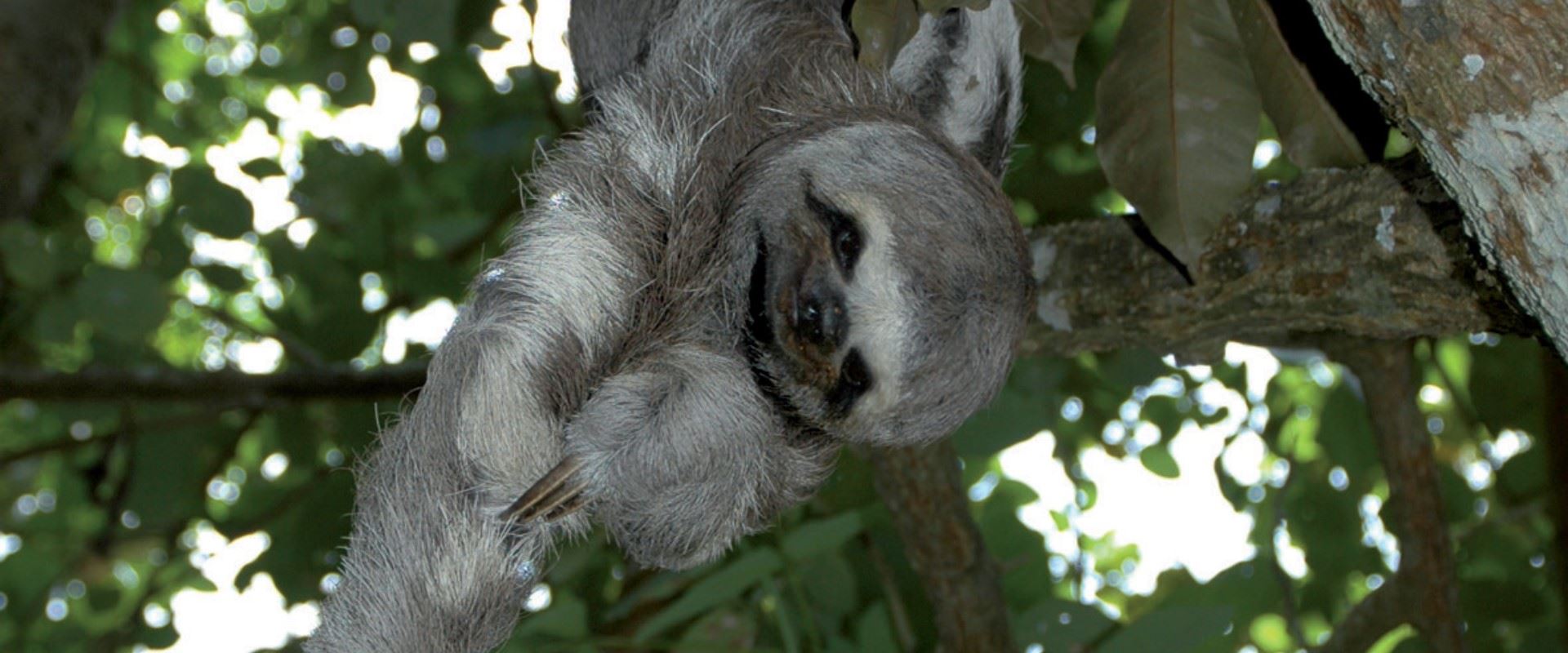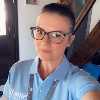The Amazon Basin is known to have been formed in the Paleozoic period, between 500 million and 200 million years ago. The region covers over one billion acres encompassing half of the country of Brazil and areas of Venezuela, Colombia, Ecuador, Peru and Bolivia.
If Amazonia were a country, it would be the ninth largest in the World. The Amazon rainforest is often described as the “Lungs of the Planet” because it is continuously recycling carbon dioxide into oxygen and in doing so provides 20% of world oxygen. One fifth of the World’s fresh water is to be found in the Amazon Basin. The magnificent Amazon River is the life force of the Amazon rainforest and flows more than 4000 miles across the South American continent; starting as a trickle high in the snow capped Andes mountain range and ending at the Atlantic Ocean where the river measures 200 to 300 miles wide, depending on the season.
More than 2000 species of fish have been identified in the Amazon Basin, more species than the entire Atlantic Ocean. The Amazon region is also home to over 300 indigenous tribes, most speaking their own language and 70 having had no contact with the outside world.
The Plight of the Amazon
In the period of one year, 13,100 square kilometres of the Brazilian Amazon rainforest disappeared, adding to a total deforested area of 700,000 square kilometres; approx. 17% of the Brazilian Amazon rainforest.
Such destruction has a devastating effect on wildlife (leading to possible extinction of certain species), the loss of valuable biodiversity in the region, and a negative impact on the lives of indigenous tribes and global climate change.
Deforestation has taken place to make way for construction of highways and creation of homesteads for a growing population hoping to build a better life. Although the Amazon has many natural riches, only 17% of the whole region is suitable for sustained agriculture therefore many hopeful inhabitants, including cattle ranchers moved closer to larger cities leaving land for the loggers to move in.
In the 1980’s, the Brazilian government provided incentives to multinational timber and mining firms to exploit the Amazon as a way of repaying international debt incurred by 20 years of military rule.
In 1988, the assignation of Chico Mendes, a prominent opponent of rainforest destruction created a turning point and brought International focus to the importance of the area.
Despite difficulties, today, the current government in Brazil have implemented state level protected areas, parks and reserves and are working to achieve a target of 500,000 square kilometres of protected area in Amazonia by 2012.
We recommend at least three nights are spent in this area. Guided activities at the lodges always include piranha fishing trips, boat trips through the flooded areas around the river, jungle treks, information on the Indian way of life and night-time boat trips to see and perhaps even catch (and release) baby caiman.








